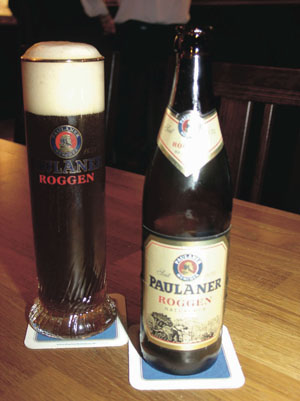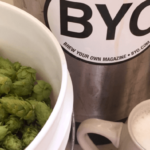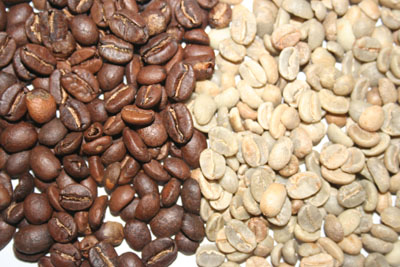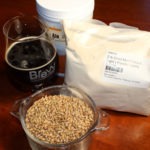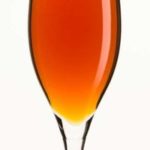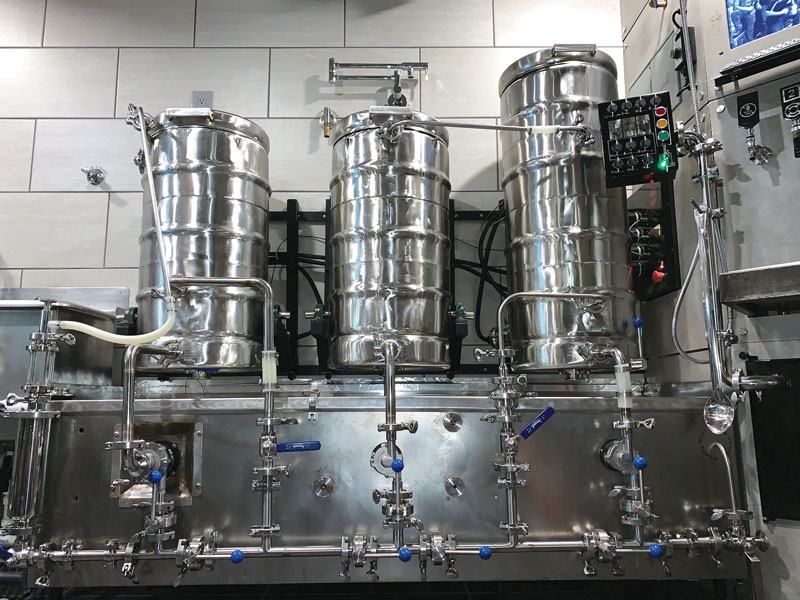Beer Style: Specialty and Experimental Beer
Gruit Ale
Leave the hops in the freezer for this brew session…welcome to the adventurous world of Gruits!
Roggenbier
Why rye? Because a great roggenbier has a spicy, pumpernickel-like flavor and a bready, banana-like aroma. Plus: A rockin’ roggen recipe.
Dogfish Head’s Chateau Jiahu Clone
One of Dogfish Head Craft Brewery’s collaboration beers with molecular archaeologist Dr. Patrick McGovern. According to Dogfish Head’s website, “In keeping with historic evidence, Dogfish brewers use orange blossom honey, muscat grape juice, barley malt and hawthorn fruit. The wort is fermented for about a month with sake yeast until the beer is ready for packaging.”
Reiterated Mashing: Multiple Mashes for Massive Brews
Want to brew a bigger beer, entirely from grains, without investing in a larger mash tun or kettle? Then try reiterated mashing. It’s mashing, then using the wort to mash again…and perhaps again.
Archaeobeer
Back in the day – we’re talking WAY back in the day – beer was brewed with malt, and bread, and honey and wine . . . and just about anything that could be fermented. How the ancients brewed – and how you can too!
Brewing With Coffee
Coffee in the morning and beer at night? What about both at the same time? How to blend two of the most popular beverages in the world into a heady brew.
Overlook Amber Ale (Gluten Free)
An American-style amber ale, made with gluten-free sorghum.
Simple Simon (Gluten Free)
Another sorghum recipe…
21% Alcohol All-Grain Beer
Did you ever want to do something just because someone told you it couldn’t be done? A comment at a homebrew club meeting sets a homebrewer on a quest to brew an all-grain beer over 20% alcohol by volume.
Ötzi’s Eisbock
As members of the Bock(bier) family, Eisbocks have all the characteristics of a typical strong beer, only more so. They are much maltier and smoother even than the Dopplebocks. Essentially, Eisbocks are "iced strong beers," because they are frozen at the end of their maturation period (which separates out water in the form of crystals that can be removed).
Spruce Bock
Here’s a hearty holiday beer with an unusual spice — evergreen needles. Spruce tips, the new-growth of spruce trees, give a unique, characteristic flavor to beer. This flavor is not “piney,” as many people suppose. Spruce tips can be found through an internet search. For best results, age your beer several months before sampling it.
Smoked Maple Amber Ale
An American-style Amber Ale, with maple sap and syrup. Maple sap is the clear liquid that maple syrup is made from. In this recipe, maple sap replaces your brewing liquor. Maple sap contains 2.5% sugar on average. (In contrast, maple syrup contains around 66% sugar.) If you don’t have access to maple sap, use water and add an extra 1.66 pints of maple syrup during the boil. The amount of German smoked malt called for will only yield the faintest whiff of smoke. For a stronger smoked flavor, try replacing it with some home-smoked malt (we’d try hickory smoke.

